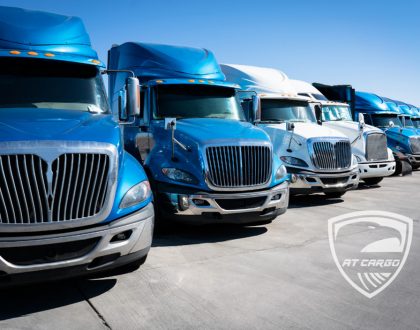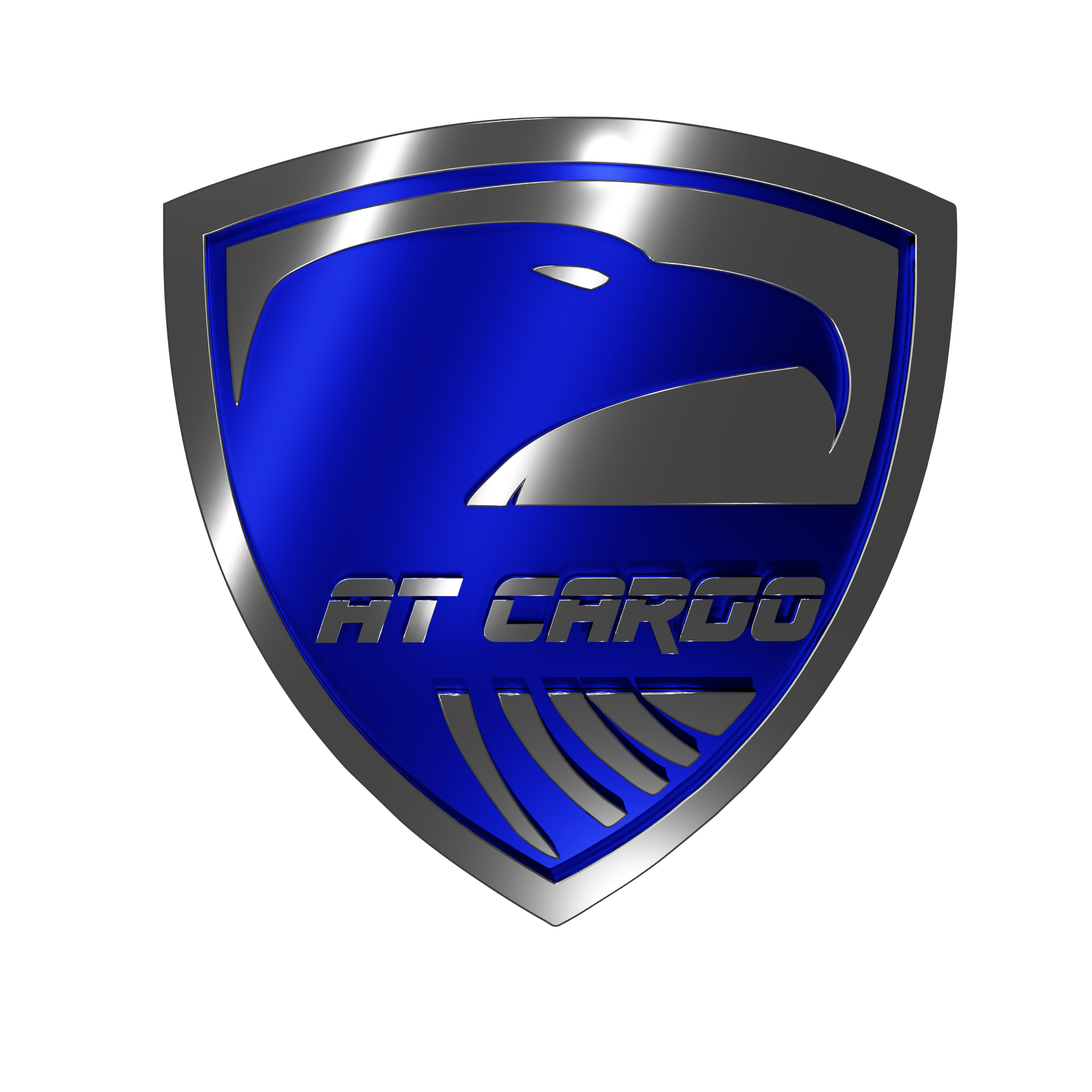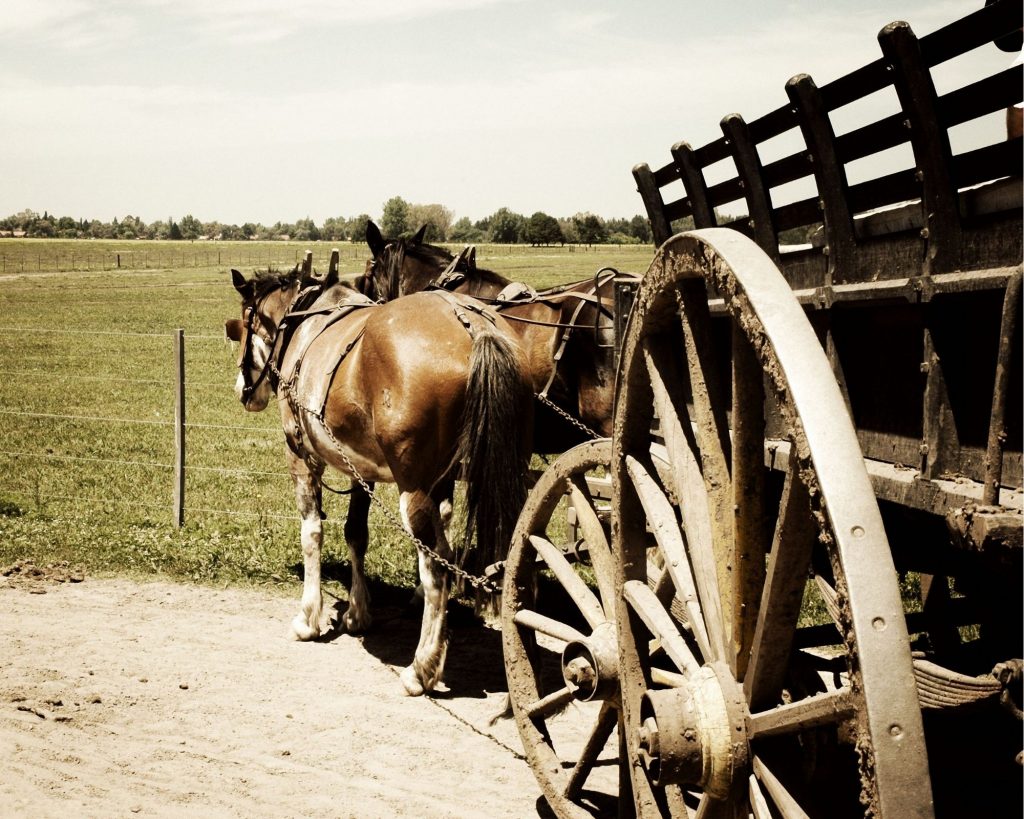Brief history of trucking in the U.S.

Recommended Posts

Walk with us through the daily routine of Juan Carlos, ATCargo’s dispatcher!
25 September, 2021

American Trucking Cargo, more than just deliveries
4 February, 2016



